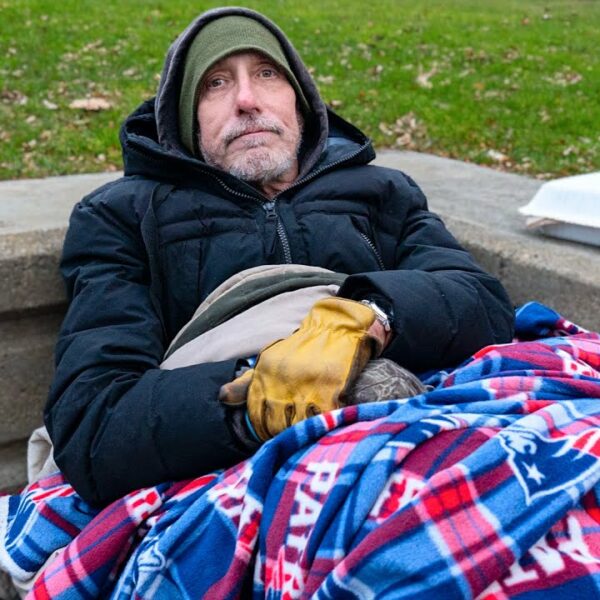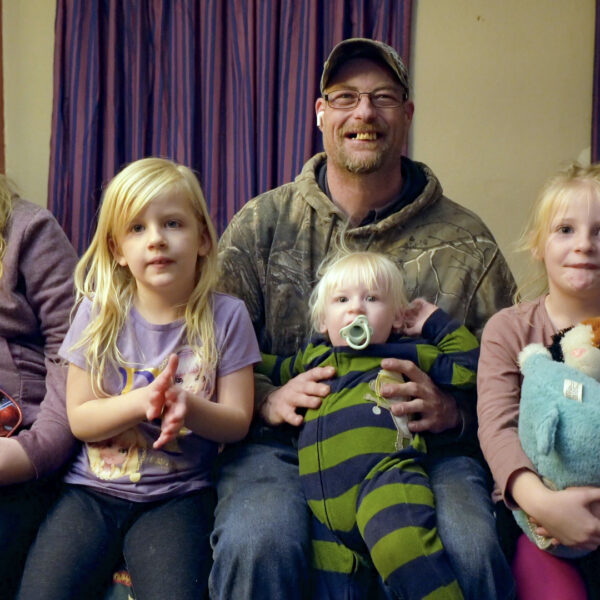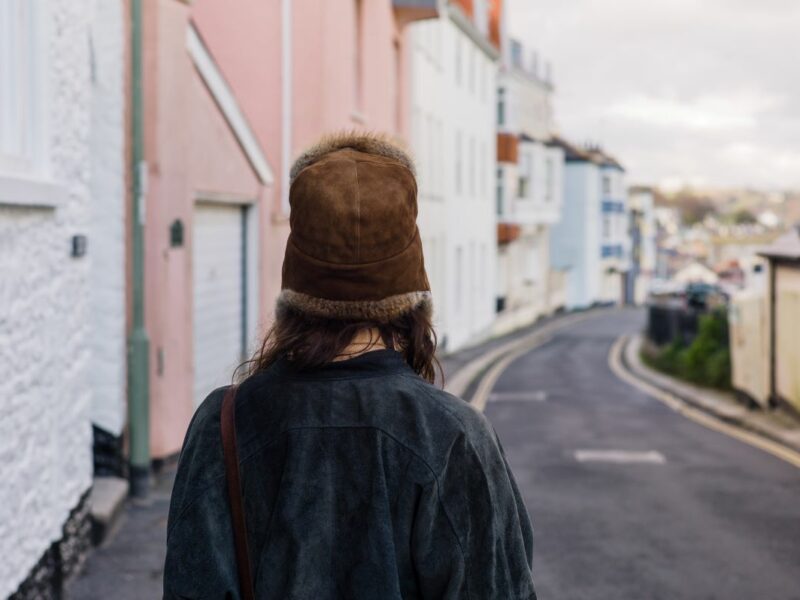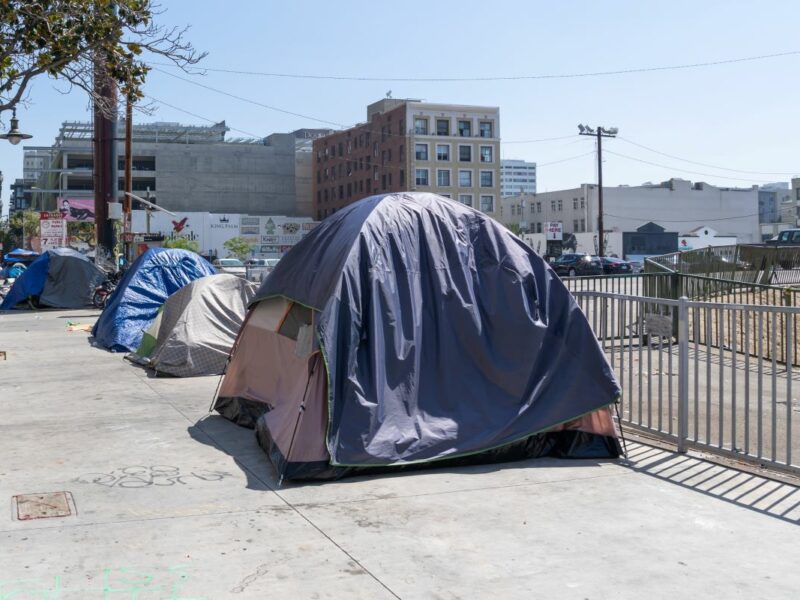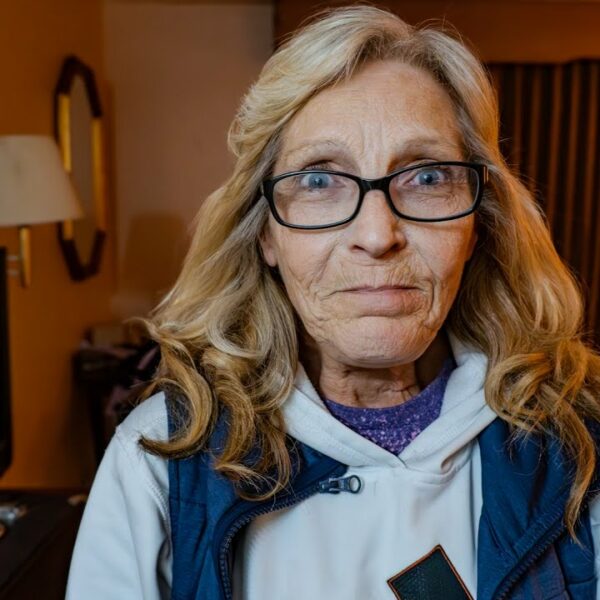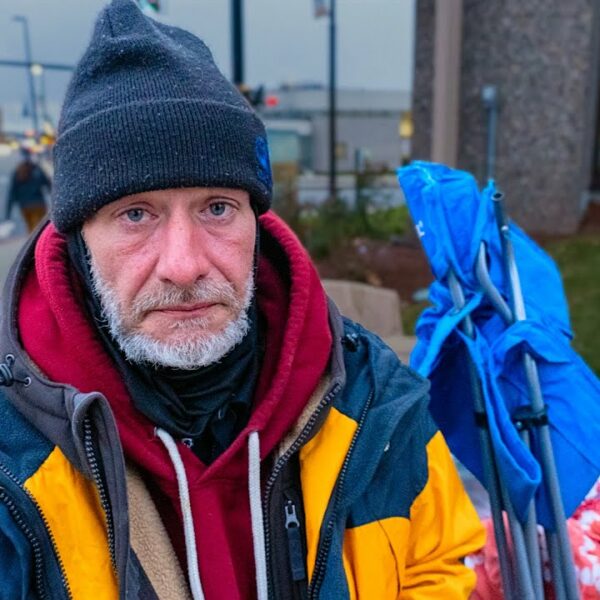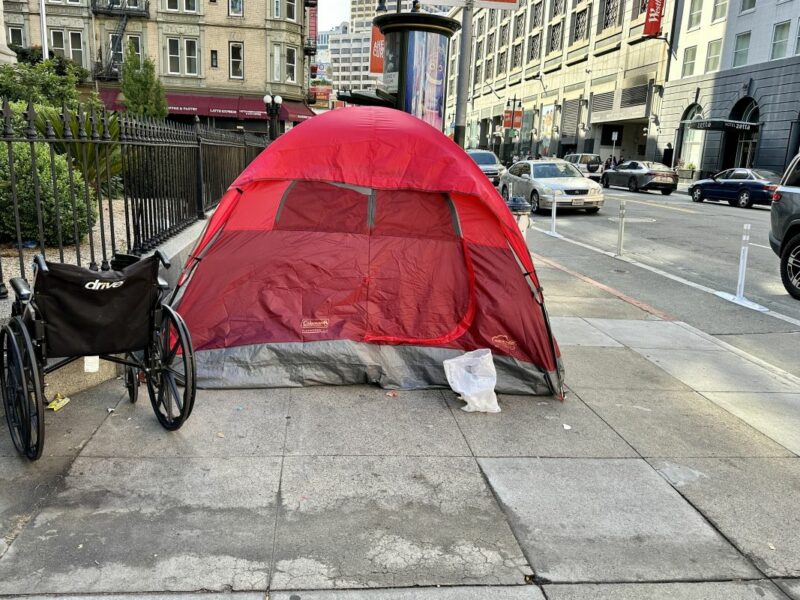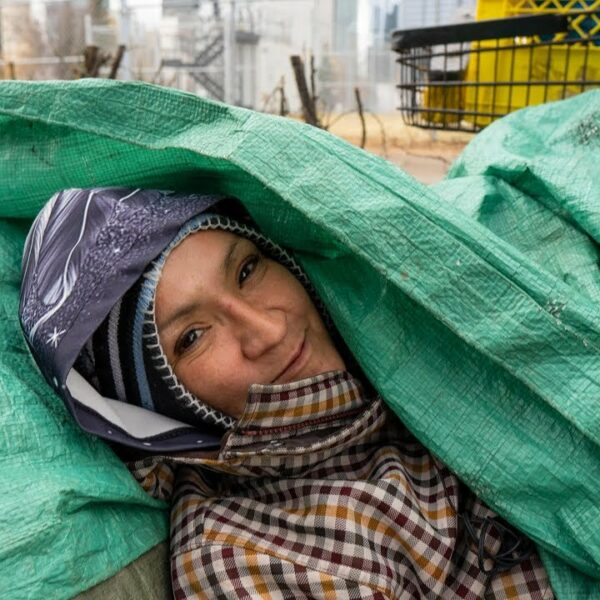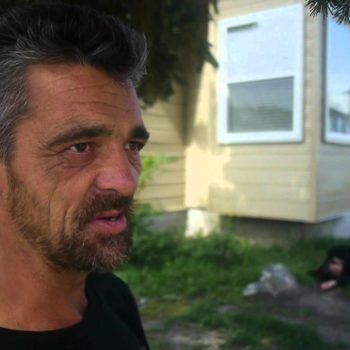In the cold dark days of winter, dream about the flowers to get warmed up.
— Mehmet Murat Ildan
Something tells me that Mr. Ildan never had the pleasure of enduring a Canadian winter. Edmonton’s, for example. Weather north of the 49th is the stuff of legends for all the wrong reasons. Unbearably cold, eternally long, “vying” with Russia for first place as the coldest nation in the world, in fact. That’s one record this Canadian would be happy to do without.
While cold weather might simply mean minor inconveniences or layering options for some of us, it can represent a death knell for people who suffer from insecure housing. That’s one reason why Edmonton is working hard to get its homeless population indoors with the Housing First initiative. Since the city began using the initiative as a guiding principle over 10 years ago, Edmonton has helped find housing for 10,000 homeless people. While that figure isn’t as large as the homeless population of other cities, you can bet that this program has meant everything for the thousands that have benefited from it. What’s more, the initiative may well inform how other communities help their homeless populations.
‘We just want people to get off the street and into safe places’
Housing First proves true to its name. There aren’t any barriers for qualifying for housing, save visiting their downtown office. That means that not only is sobriety not a prerequisite, applicants don’t have to enroll in addiction treatment programs either.
The low (read: non-existent) barrier for entry has gained detractors. Trent Agecoutay, an outreach worker with the organization behind Edmonton’s Housing First strategy, argues that the criticism lacks traction. Comparing housed drinkers with those not as fortunate to be, he said: “Not everyone that lives in a house doesn’t drink every day. Just because they have never experienced homelessness, that doesn’t mean they don’t drink every day and have a drinking problem. But they are able to maintain their housing. We are worried about helping people maintain their housing—that’s it.”
Truly Housing First
It’s hard to argue with the numbers. Edmonton’s Housing First program has reduced overall homelessness by 43 percent in the past decade. More than 80 percent of people helped by Housing First remain housed after the first year has elapsed. Compare those numbers to the similarly named but vastly different Homeward Bound program that many American cities use to ship homeless “out-of-towners” to smaller cities and towns and you’ll see why Agecoutay is so excited about what’s happening in his city.
“That’s why it drives me, because it works. I saw the results as a housing outreach worker. I saw people change their lives.”
And it makes sense. Other issues take a back seat to housing when one is consumed with worry about where they can find a warm place to spend the night. Anxiety about weather and safety take priority over health and well-being. Taking care of these bigger issues enables people, giving them the needed tools and focus to address other parts of their lives.
A recently housed resident of Edmonton agrees. “When you are homeless, you dream about being warm. You dream about eating. Having an apartment has given me the means to have [bigger] dreams.”
Despite past and current successes, outreach workers aren’t resting on their laurels.
The Housing First initiative has a lofty goal: eliminate chronic homelessness in Edmonton by 2022. They’re heading in the right direction.
One key that’s enabling Edmonton to help those that need it the most is a thorough list of all Edmontonions that are chronically homeless. This registry contains names and basic details about their lives. Outreach workers use this information to prioritize how housing is allocated. It takes an average of just 45 days between application to the program and being housed.
How does the program find appropriate housing for their clients? The vast majority sit down with an outreach worker and view a list of rental vacancies from the open market. The client chooses where they want to live. Then the outreach worker accompanies the client as they meet potential landlords and sign a lease. The person’s rent is subsidized for a year. This time period is crucial, as it allows capacity for the team to continue to work with the newly housed individual as they adjust to their new lifestyle.
Using available properties on the rental market is win-win. Housing is more cost-effective than shelters. Homeless people get to choose which neighborhood they live in too, and that increases buy-in. Landlords find tenants, allowing them to monetize their investments.
Agecoutay said there are unseen savings, too.
“[Governments] are not spending money on hospitals for people who end up there who experience homelessness, or the justice system where people sometimes get incarcerated on purpose because they don’t want to face minus 30 degree Celsius winters.”
Better than dreams about flowers, wouldn’t you say?



